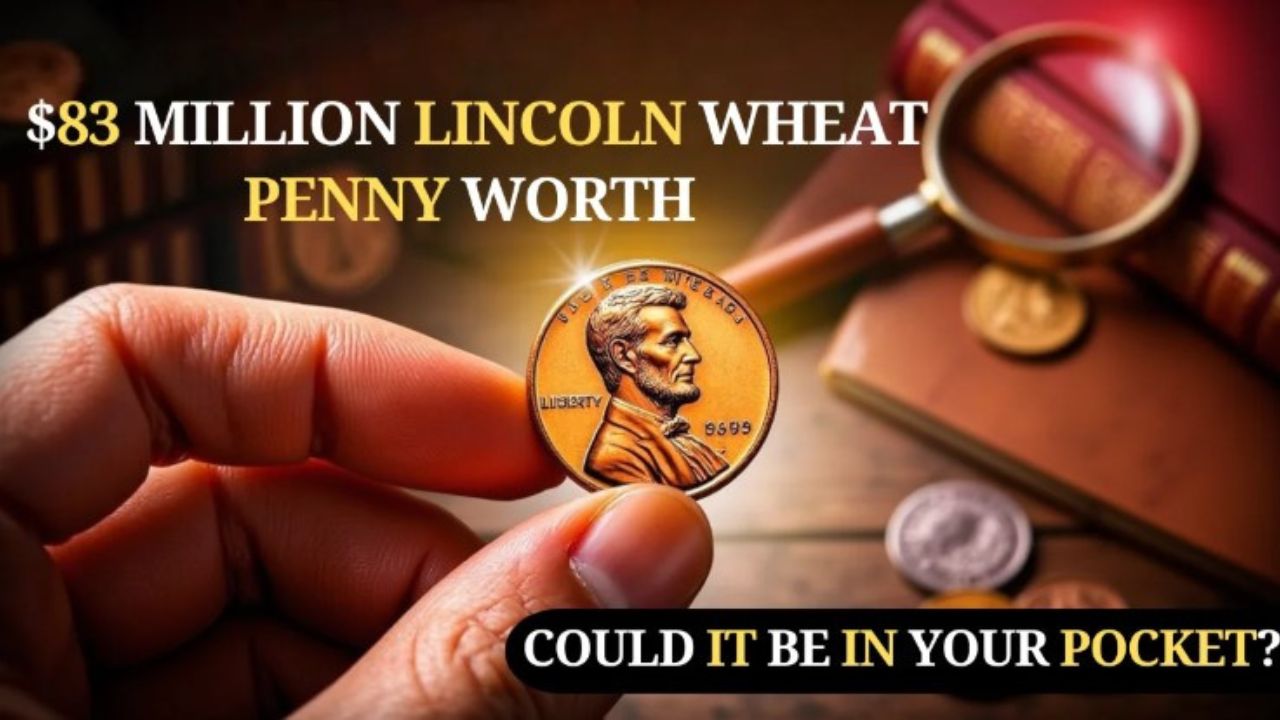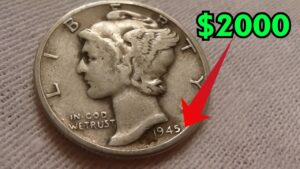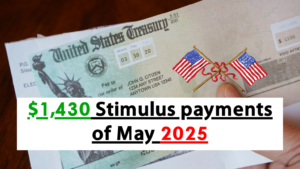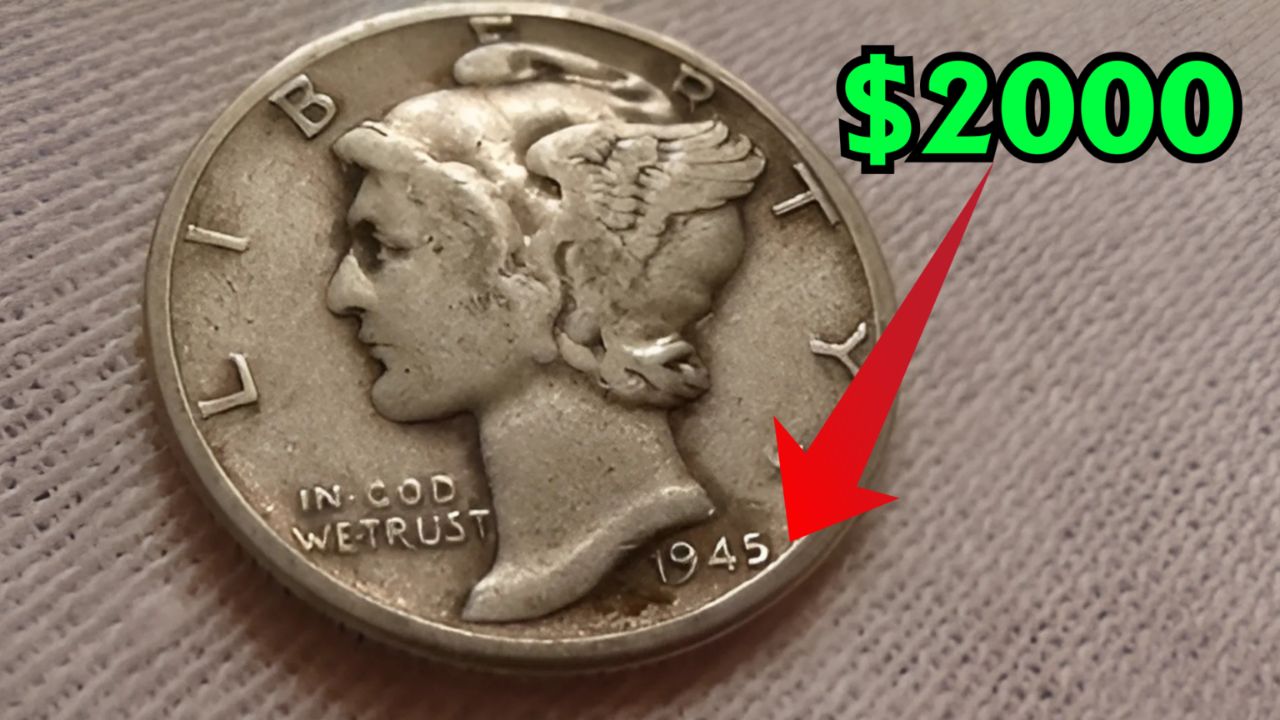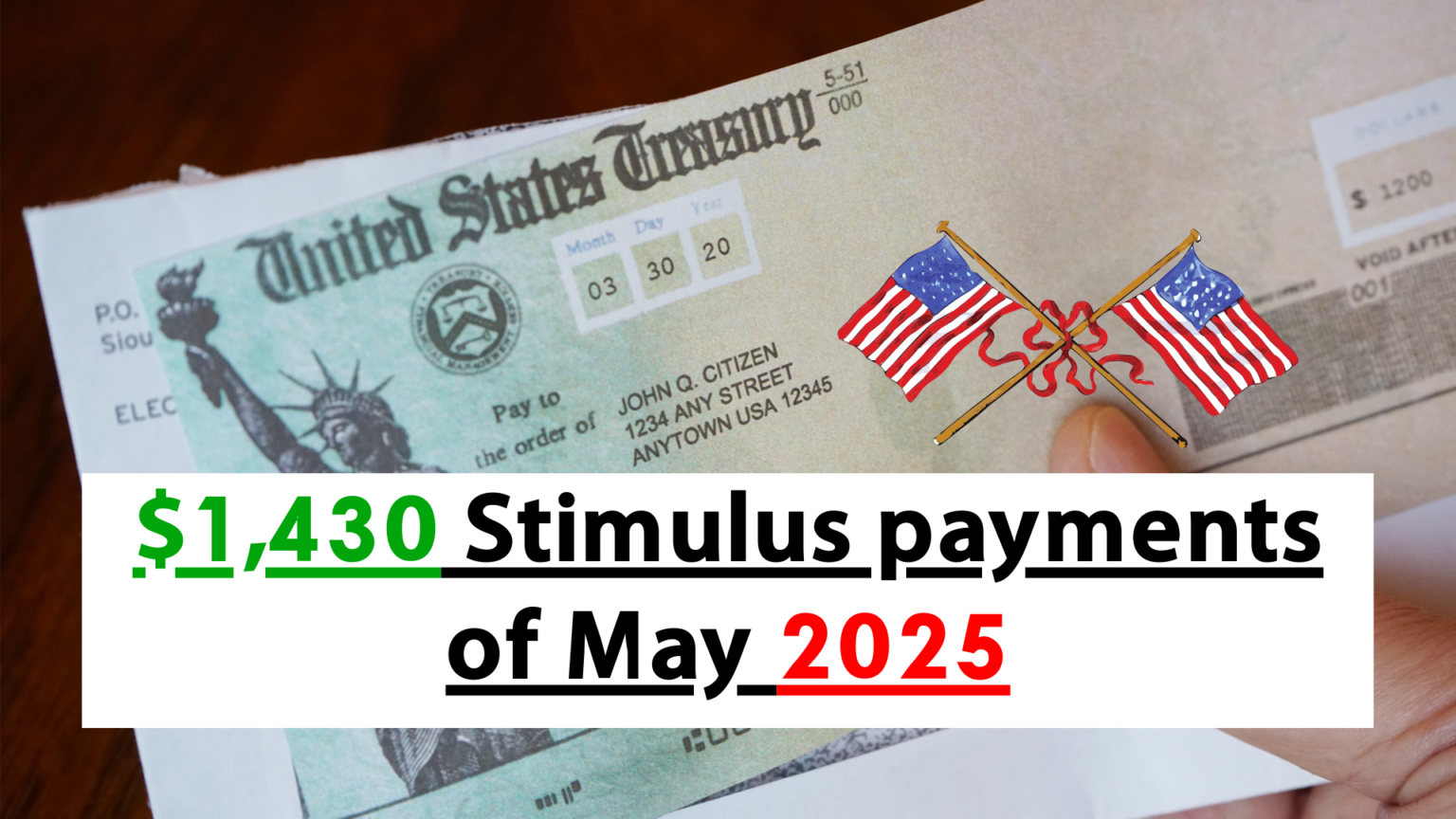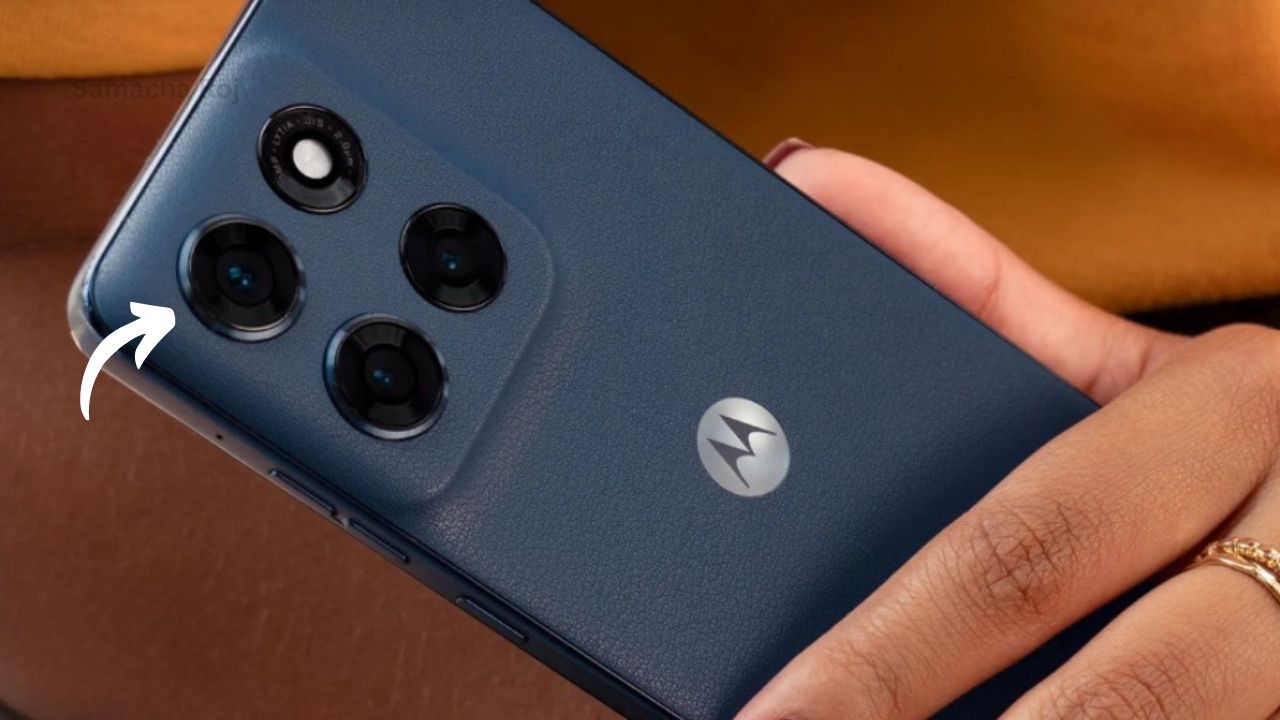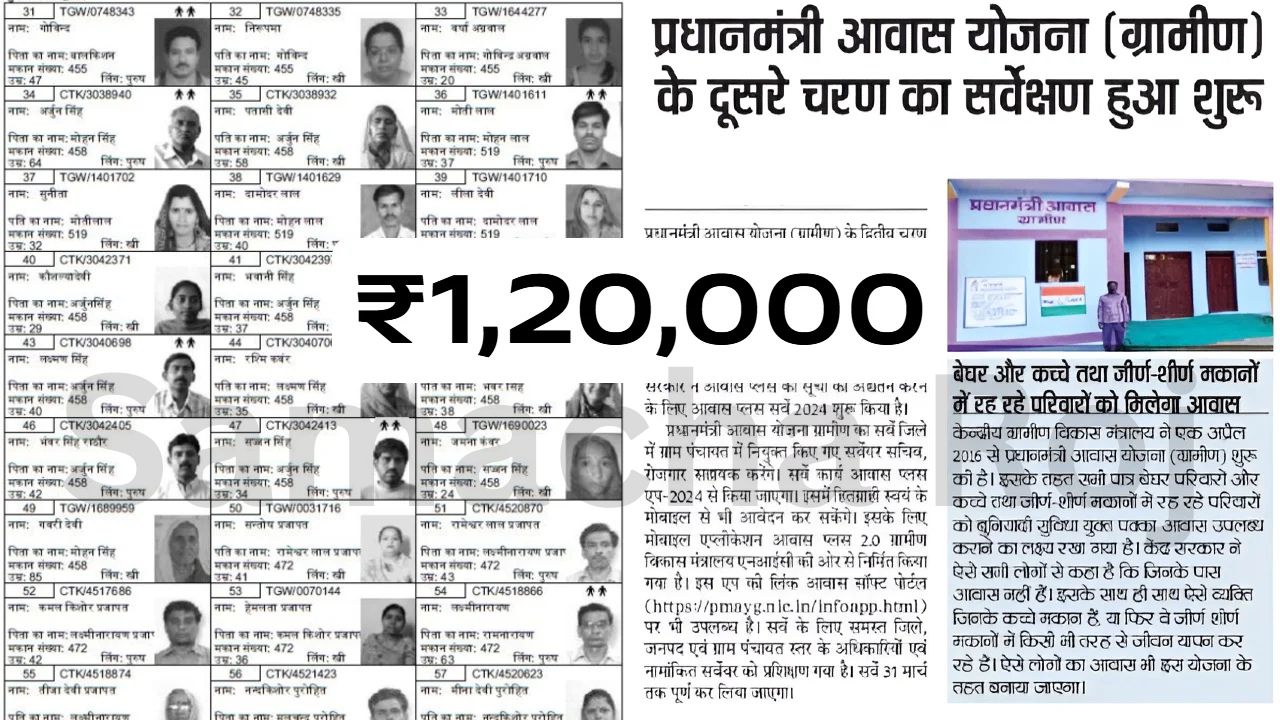Imagine finding a penny in your pocket that’s worth more than a luxury mansion. Sounds like a daydream, right? But for a rare few, this fantasy has become reality with the Lincoln Wheat Penny. Some of these humble coins, minted between 1909 and 1958, have fetched jaw-dropping prices at auctions, with rumors swirling about one valued at an astonishing $83 million. Could such a treasure really be hiding in your change jar? Let’s dive into the fascinating world of the Lincoln Wheat Penny, uncover what makes it so valuable, and learn how to spot one that might change your life.
What Is the Lincoln Wheat Penny?
The Lincoln Wheat Penny, often called the “Wheat Penny,” is a one-cent coin produced by the U.S. Mint from 1909 to 1958. Designed by sculptor Victor David Brenner, it was the first American coin to feature a real person—President Abraham Lincoln—on its obverse (heads side). The reverse (tails side) showcases two stalks of wheat, symbolizing America’s agricultural prosperity, hence the nickname.
These pennies were everyday currency for decades, jingling in pockets during the Great Depression, World War II, and the post-war boom. Most are worth just a cent, but certain rare versions have become the holy grail for coin collectors, driving their value into the millions.
Why Are Some Lincoln Wheat Pennies So Valuable?
Not every Wheat Penny is a jackpot, but specific factors make certain ones extraordinarily valuable. Here’s what sets them apart:
Rarity Due to Low Mintage
Some years and mints produced fewer coins, making them scarce. For example, the 1909-S VDB penny, with only 484,000 minted, is a collector’s dream. Fewer coins mean higher demand, which skyrockets prices.
Minting Errors
Errors during production created some of the most sought-after pennies. The 1943 Bronze Wheat Penny is a prime example. During World War II, pennies were made of steel to save copper for the war effort, but a few were accidentally struck in bronze. These mistakes are now worth fortunes.
Condition Matters
A penny’s condition is critical. Coins in “mint state” (unworn, with sharp details) fetch top dollar. A red, lustrous penny from 1926-S sold for $149,500 in 2006 because it looked fresh from the mint.
Historical Significance
The Wheat Penny’s connection to pivotal moments—like Lincoln’s 100th birthday or wartime shortages—adds emotional and historical value. Collectors cherish coins that tell a story.
The $83 Million Lincoln Wheat Penny: Fact or Fiction?
The claim of a Lincoln Wheat Penny worth $83 million grabs headlines, but is it real? No single Wheat Penny has sold for that amount—yet. The most valuable known sale was a 1943-D Bronze Wheat Penny, which fetched $1.7 million in 2010. Adjusted for inflation and market trends, some speculate a pristine, unique version could theoretically approach astronomical figures in today’s heated collector market.
For instance, only one 1943-D Bronze Penny is known to exist, struck by mistake at the Denver Mint. If another surfaced in flawless condition, experts believe it could shatter records. The $83 million figure likely stems from exaggerated online buzz, but it underscores the potential of these coins to transform lives.
Famous Lincoln Wheat Pennies and Their Values
Let’s look at some real examples of Wheat Pennies that have made headlines:
1943 Bronze Wheat Penny
- Value: Up to $1.7 million
- Story: During WWII, a few bronze pennies slipped through when steel was the norm. A teenager named Don Lutes Jr. found one in his change in 1947. After his death in 2018, it sold for $204,000 at auction, with proceeds benefiting a library.
1909-S VDB Penny
- Value: Up to $1 million
- Story: This penny caused a stir when Brenner’s initials (VDB) appeared on the reverse. Public outcry led to their removal, making early versions ultra-rare. A pristine one sold for $258,000 in 2007.
1955 Doubled Die Penny
- Value: Up to $224,831
- Story: A minting error caused the date and lettering to appear doubled, creating a striking visual. These coins are highly prized, with one fetching over $100,000 at auction.
These stories prove that ordinary people—like a kid getting change at a cafeteria—can stumble upon extraordinary treasures.
How to Spot a Valuable Lincoln Wheat Penny
Ready to check your coins? Here’s a step-by-step guide to spotting a potential gem:
Step 1: Check the Date and Mint Mark
Look for key dates like 1909-S, 1914-D, 1943 (bronze), or 1955 (doubled die). The mint mark—S (San Francisco), D (Denver), or none (Philadelphia)—is under the date. Rare combinations, like 1943-D, are red flags for value.
Step 2: Test the Material
For 1943 pennies, use a magnet. Steel pennies stick; bronze ones don’t. A 1943 bronze penny weighs about 3.11 grams, while steel ones are lighter at 2.7 grams.
Step 3: Examine the Condition
Use a magnifying glass to check for wear. Sharp details, vibrant color (red or red-brown), and no scratches boost value. Avoid cleaning coins—it can ruin them.
Step 4: Look for Errors
Check for doubled lettering, missing mint marks, or off-center designs. The 1955 Doubled Die is easy to spot with the naked eye.
Step 5: Get It Appraised
If you suspect a rare find, consult a professional numismatist or grading service like PCGS or NGC. They’ll verify authenticity and value.
Real-Life Treasure Hunts
The allure of Wheat Pennies isn’t just theoretical—people have struck gold. In 2019, a Massachusetts man found a 1943 Bronze Penny in his father’s old coin jar. Initially skeptical, he had it appraised and learned it was worth over $200,000. Stories like this fuel the excitement of coin hunting, proving treasures can hide in plain sight.
Another tale involves a 1909-S VDB penny discovered in a thrift store purchase. A collector bought a jar of coins for $5, only to find the rare penny inside, later valued at $50,000. These moments remind us that a little curiosity can lead to big rewards.
Why Coin Collecting Is More Than Money
Beyond the dollar signs, collecting Wheat Pennies is about connecting with history. Each coin carries memories—of a nation rebuilding, soldiers overseas, or kids buying penny candy. For collectors like Sarah, a hobbyist I spoke with, it’s personal. “My grandfather gave me his Wheat Pennies,” she shared. “They’re not worth millions, but they’re priceless to me.”
Numismatists also value the thrill of the hunt. Dr. James Carter, a coin expert, explains, “Finding a rare penny is like solving a puzzle. You’re holding a piece of the past that tells a unique story.” This blend of history, mystery, and potential wealth keeps collectors hooked.
Tips to Start Your Coin Hunt
Eager to search for your own million-dollar penny? Here’s how to begin:
- Check Change Jars: Old pennies often hide in forgotten corners.
- Visit Coin Shops: Dealers can guide you to Wheat Pennies or rolls to search.
- Join Collector Groups: Online forums like CoinTalk connect you with experts.
- Learn Grading: Understand terms like “mint state” to assess value.
- Be Patient: Rare finds take time, but the journey is fun.
The Future of Lincoln Wheat Pennies
With pennies costing more to produce than their face value (2.1 cents in 2021), debates about phasing them out persist. Yet, Wheat Pennies remain beloved. As fewer circulate, their rarity—and value—may climb. The $83 million rumor might be hype, but it reflects a truth: these coins are cultural icons with untapped potential.
FAQs About Lincoln Wheat Pennies
What makes a Lincoln Wheat Penny valuable?
Rarity, minting errors, condition, and historical significance drive value. Key examples include the 1943 Bronze Penny and 1909-S VDB.
How can I tell if my 1943 penny is bronze?
Use a magnet. If it doesn’t stick and weighs 3.11 grams, it’s likely bronze. Get it appraised to confirm.
Where can I sell a rare Wheat Penny?
Auction houses like Heritage Auctions, coin dealers, or platforms like eBay are options. Always verify authenticity first.
Are all Wheat Pennies worth a lot?
No, most are worth a few cents. Only specific dates, errors, or pristine coins fetch high prices.
Is the $83 million penny real?
No penny has sold for $83 million, but rare ones like the 1943-D Bronze have reached $1.7 million, with potential for more.
Final Thoughts: Could You Be Holding a Fortune?
The Lincoln Wheat Penny proves that small things can hold immense value. Whether it’s a $1.7 million bronze error or a sentimental heirloom, these coins captivate us with their stories. Next time you find a penny, take a closer look. Check the date, test the metal, and dream big. Who knows? Your pocket change might just rewrite your future.

